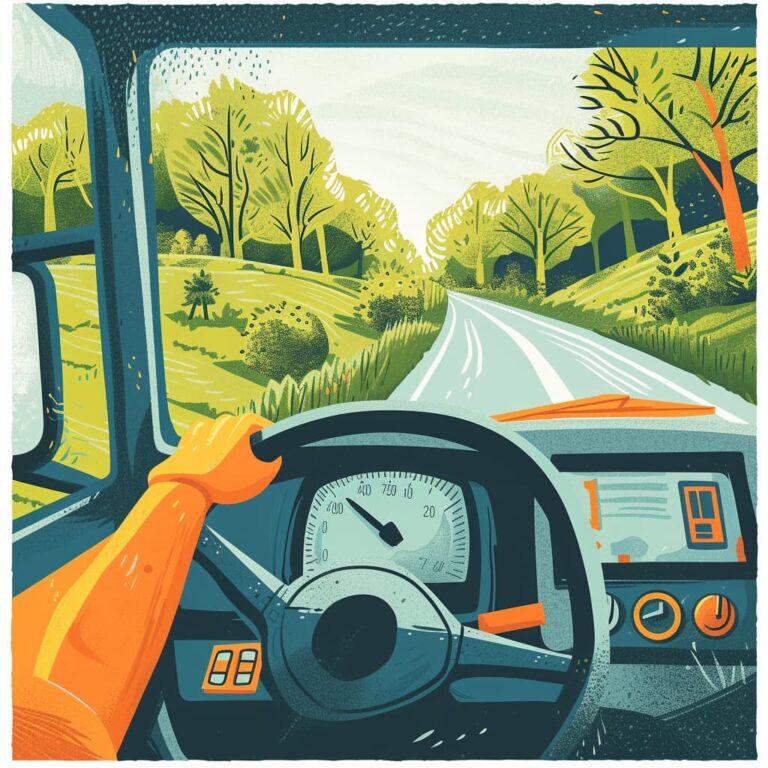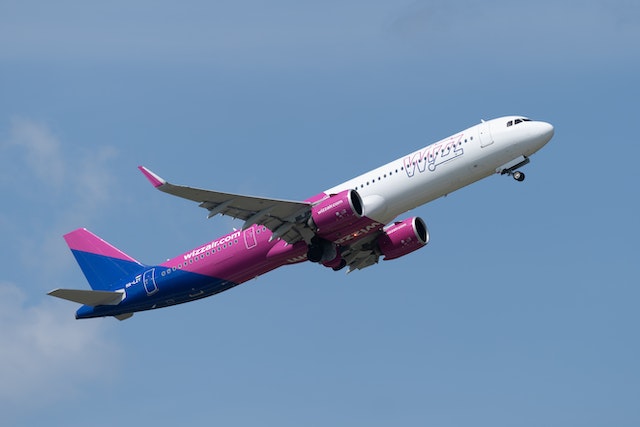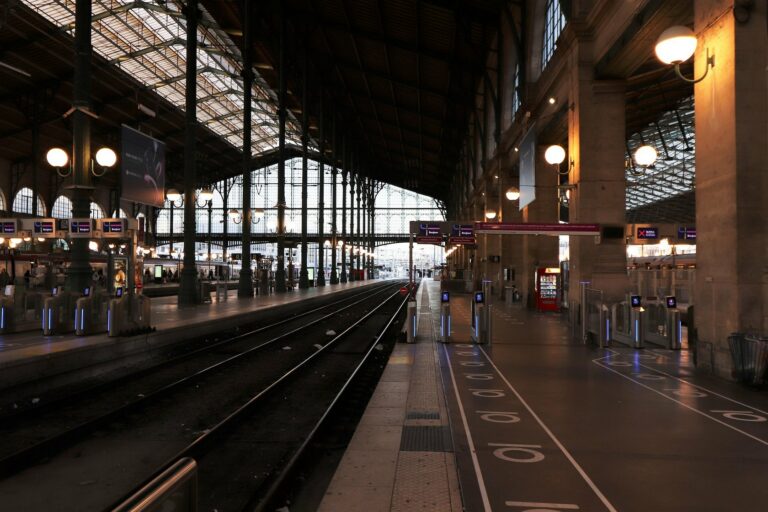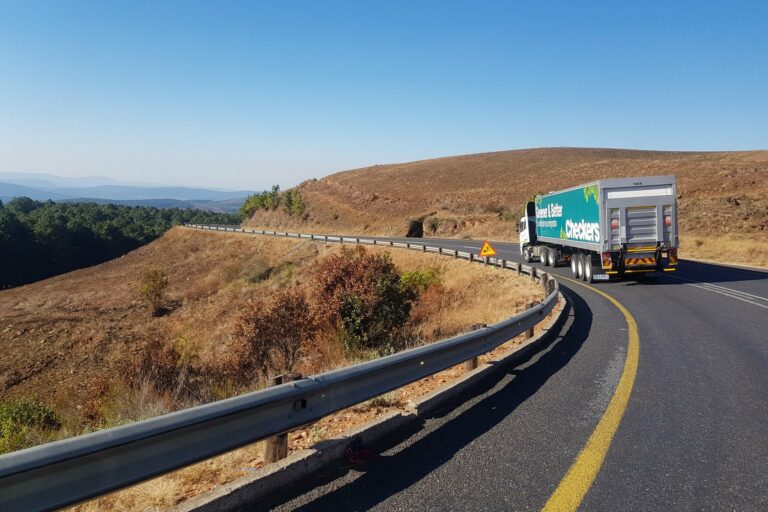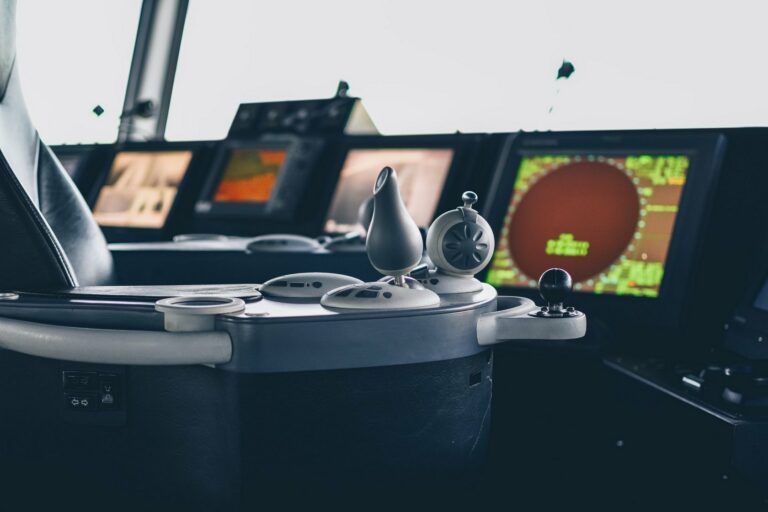How will mankind move around the city in a few years?
According to the author, the process of abandoning personal cars over time will go faster. As a result, people will switch to other forms of transport. The first prototypes are already appearing.
- Moving sidewalks. This idea was suggested by Swiss scientists from the Ecole Polytechnique Fédérale de Lausanne (EPFL). Nowadays, we can see such sidewalks in airports, shopping centers, exhibition sites. However, the researchers are going to use them to move the residents of large cities within the city at a speed of up to 15 km/hour. It will save space, as the width of the track is 1.2 meters. Moreover, one track will carry up to 7 thousand people per hour, while the car now is able to transport 750-1800 people for 60 minutes on a simple road.
- Levitating elevators. In the future elevators will be able to move people along the streets, that is, ride horizontally. Now one such model has already been tested – it is called Multi. It is to be used in Berlin in one of the tallest buildings (140 m). The cabin will be able to move thanks to an electromagnetic field, and not by means of cables.
- Triskooters. This is an electric car, available today. It can reach speeds of up to 50 km/h, is charged from the wall outlet in 6-8 hours, and a full charge lasts for 12 hours. In addition, the range of the development is 45 km. Transport can accommodate three passengers. Created such mini-cars Dmitry Makeev, an entrepreneur from St. Petersburg. The price of a Triskuter is 249 thousand rubles, while 1 kilometer will cost 20 kopecks. This is cheaper than in the case of a petrol car.
- Jet backpacks. It costs now about 300 thousand dollars, and you can fly on it for only 10 minutes. At the same time such backpacks are already used by rescuers and firefighters in the UAE. In general, they can be if not personal, then commercial transport: for example, can be used for rapid delivery of goods.
- Hanging chairs. This is the idea proposed by the Bulgarian architect Martin Angelov. It is assumed that a network of suspended ropeways will be placed throughout the city to move in this way. It will be possible to “cling” to them and go anywhere. The maximum speed will be 25 km/h.
